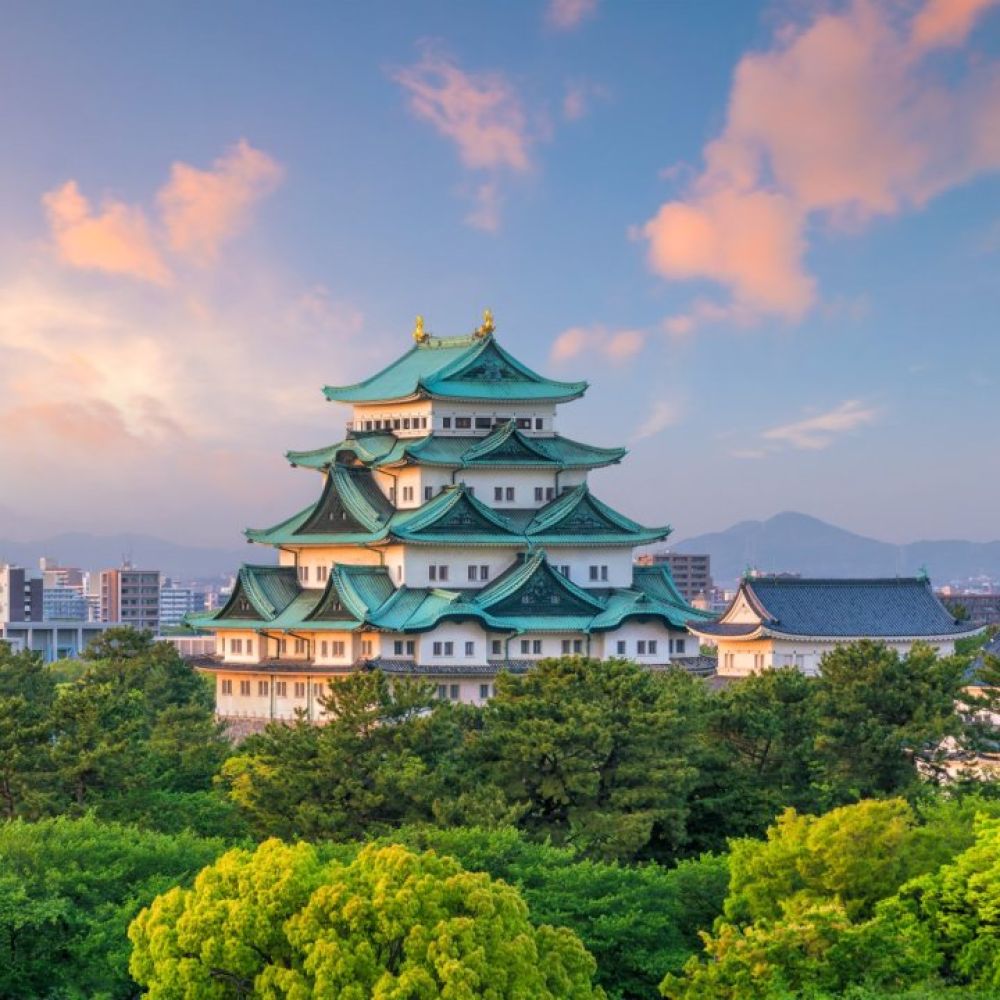

Built in the beginning of the Edo period, Nagoya Castle has been a prominent landmark and a symbol of Nagoyas history. Originally constructed between 1610 and 1612 on the orders of Shogun Tokugawa Ieyasu, it has borne witness to many significant historical events in Japan.
While Nagoya Castle has been a local attraction for many years, the broader tourism boom began post-World War II, as Japan opened up to international tourists, and Nagoya emerged as one of its significant urban centers. The castle's appeal as a historical and cultural monument has attracted visitors both domestic and international.
Tragically, the main keep of Nagoya Castle was destroyed during World War II air raids in 1945. However, its reconstruction, which was completed in 1959, marked a new era for Nagoya's tourism, symbolizing rebirth and restoration. As a result, it continued to be a focal point for visitors interested in Japan's feudal era and samurai culture.
In the late 20th century, particularly with events like the "Aichi Expo" held in 2005, tourism in Nagoya received an international profile boost, leading to increased interest in the castle and the city's historical sites.
Recently, the Nagoya Castle complex has seen developments aimed at enhancing the visitor experience. The ongoing "Nagoya Castle Restoration Project" launched in 2009 is a key example. It involves the faithful reconstruction of the Honmaru Palace, which showcases the artisans' craftsmanship and the historical authenticity of the Edo period.
Sustainable tourism practices are being embraced, with efforts to maintain the castle grounds and reduce the environmental impact of tourism. Additionally, digital engagement has improved with the use of AI guides and virtual tours, allowing people to experience Nagoya Castle remotely or outside of regular hours, a trend accelerated by the COVID-19 pandemic.
Experiencing all seasons at the castle has also become a popular trend. Visitors come for the cherry blossoms in spring, vibrant greenery in summer, colorful leaves in autumn, and the occasional snow-capped turrets in winter. This shows the rising popularity of year-round tourism at the castle.
There's also a growing trend of integrating local culture into the tourist experience, such as during festivals and special events that occur throughout the year, including the grand Nagoya Festival. Such activities provide a deep dive into the historical and contemporary significance of Nagoya Castle and surrounding areas.
With the rise of social media, the castle has also become a hotspot for photography enthusiasts looking to capture its beauty and share images with a global audience, further amplifying its attraction as a must-visit destination.
Nagoya Castle continues to be a proud emblem of Nagoya's storied past, a centerpiece of local culture, and an enduring draw for tourism. As the castle adapts to modern trends and continues its journey through the 21st century, it remains a testament to Japan's resilience and dedication to preserving its historical gems.